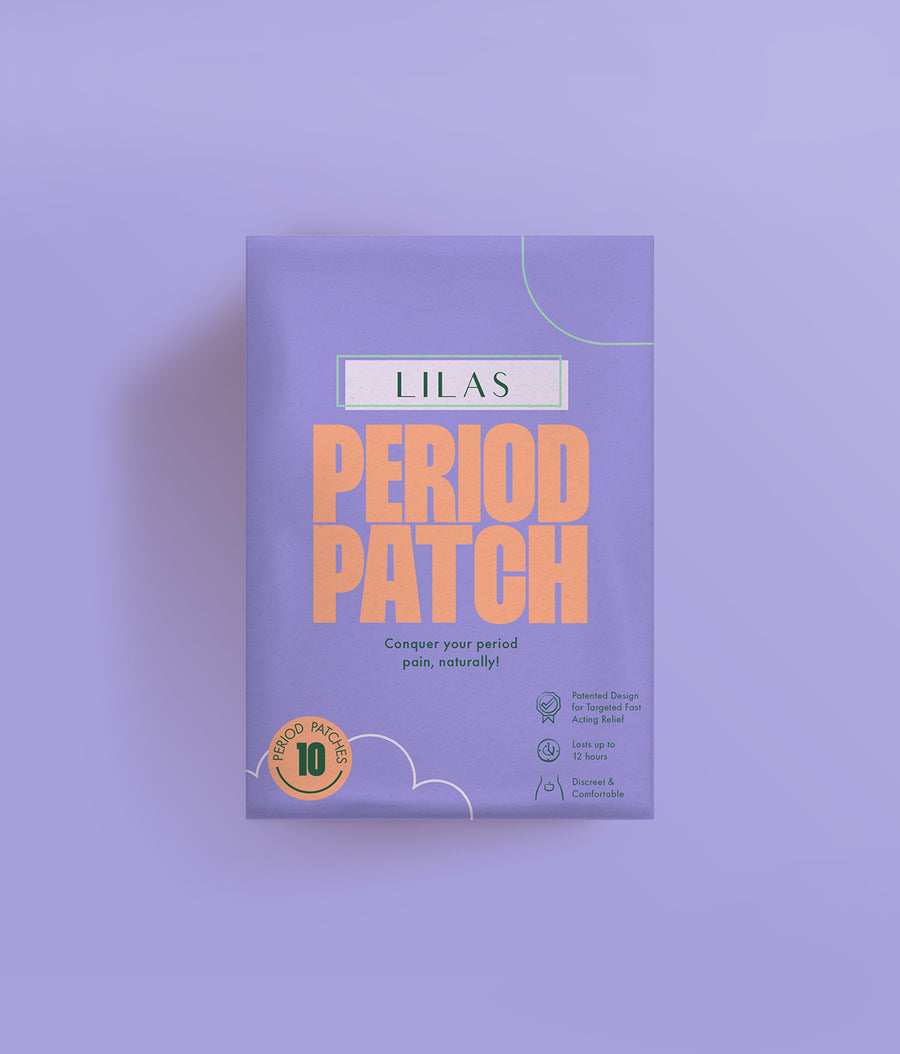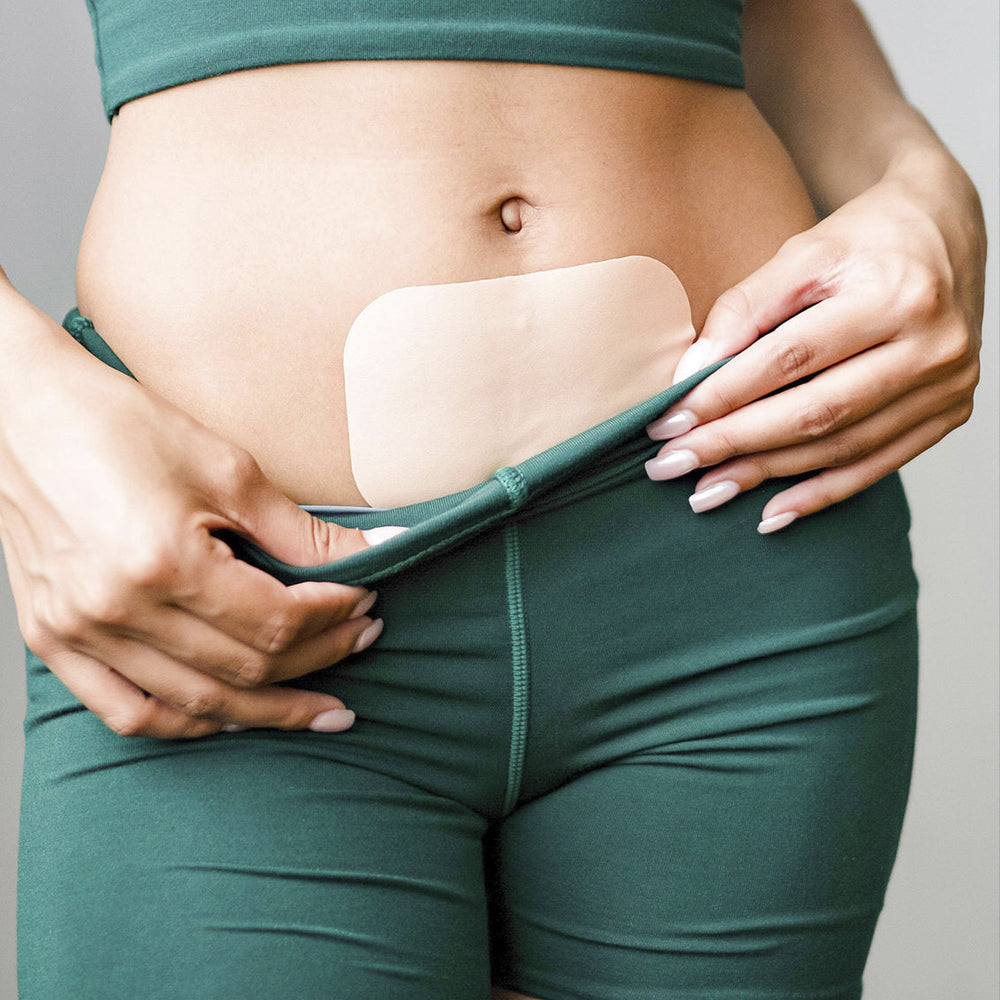The Tea on Vitamin D in the Winter
When we think of vitamin D, we often think of sunshine and safely basking in the warm rays. Sunshine is after all one of the most accessible sources of vitamin D for a huge portion of the year. But what happens when the weather outside is frightful? Unfortunately, we can’t get vitamin D from sitting by a delightful fire. Vitamin D isn’t actually vitamin; rather, it’s a prohormone naturally produced by our skin upon sunlight exposure that facilitates calcium absorption that we need to develop strong bones. Also, vitamin D plays an important role in the prevention and treatment of conditions like multiple sclerosis, osteoporosis, psoriasis, and even some cancers. Admittedly, vitamin D consumption isn’t something that I’d naturally think to prioritize. In fact, most women often don’t consider the significance of vitamin D until they are trying to conceive or they’re pregnant. According to recent studies, fortified vitamin D levels garner the calcium absorption necessary for healthy fetal bone development. It also further stabilizes a pregnant woman’s vitals (i.e. blood pressure) so that the pregnancy can sustainably reach its full term. Though vitamin D is particularly significant in pregnancy, we have to be intentional in getting enough vitamin D for the sake of our overall wellness at all stages of life.
Doctors note that the average person needs about 600 IU of vitamin D each day. So, when we no longer have the reliable source of sunshine, how can we make sure that we get the necessary amount of vitamin D year-round? Here are three quick ways that experts recommend:
- Take supplements– Different supplements with varying vitamin D amounts exist across the market. Unlike with sunlight, the person taking the supplement has a more clear and measured sense of how much vitamin D is entering the body. With that said, it is important to talk to a doctor before choosing the right supplement based off of a patient’s natural vitamin D levels.
- Eat foods with natural and fortified vitamin D amounts–If you are less inclined toward taking vitamin D supplements, there are certain foods like pork, fatty fish, mushrooms, egg yolks, and cheese that are naturally rich in vitamin D. Also, because of the increasingly prevalent issue of vitamin D deficiency, there are some foods, such as certain dairy products, non-dairy alternatives, and orange juice, that have fortified levels of the prohormone added to help fill the disparity through diet. Though seeking vitamin D-rich foods may be easier to naturally incorporate into your daily diet and routine, it may be more difficult to regulate how much of the prohormone you consume.
- Go outside (safely)– Just because the weather outside can be frightful at times, that shouldn't keep you shut indoors for the entire winter. Enjoying the rays of the winter sun also still does some good. Of course, if you live somewhere cold like yours truly, then you’ll probably be wearing a lot of layers to protect yourself from the freezing temperatures. But going outside in a full snowsuit and a proper mask to prevent the spread of COVID is better than no time in the sun at all!
Vitamin D is one of the most important nutrients our bodies need to function. This winter, let’s be cognizant of how our vitamin D habits may need to change so that we can still maintain the healthy levels we need. We at LILAS Wellness want for everyone to stay well, whether it be through sunshine, rain, or snow, all year round.


Leave a comment